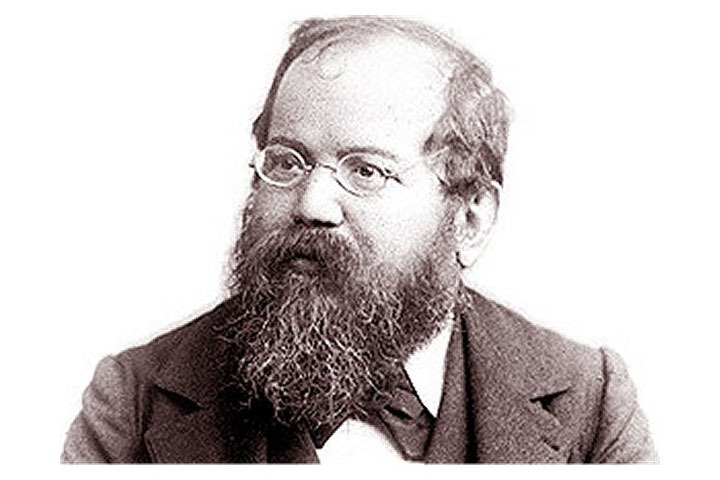


One of the most famous example of such a magic is a game between Wilhelm Steinitz and Curt von Bardeleben which has enchanted generations of chess players.
It was played on August 17, 1895, in the tenth round of the Hastings tournament. After energetic opening play, Steinitz enters the seventh rank with his rook and causes havoc even though the rook is not defended and for several moves could have been taken by the black queen or the black king...at least theoretically.
A fantastic game, and one that Steinitz thought it was the best he ever played. However, Steinitz is not famous for such brilliant attacks but because he lay the foundations of positional and because he realised that many of the wild sacrificial attacks that were common at this time were premature and would have failed against better defense.
Steinitz was born on May 17, 1836 in Prague, about a year before Paul Morphy who was born on June 22, 1837 in New Orleans. At the beginning of his chess career Steinitz was often called the "Austrian Morphy" because he had excellent tactical skill which he demonstrated in a number of scintillating attacking games full of sacrifices. One example:
This fine game was played in the Baden Baden tournament 1870 in which Steinitz finished second behind Adolf Anderssen. For Steinitz this result was a disappointment because after match victories against the leading players of his time he was considered to be the world's best player. In 1866 he won 8-6 (no draw) against Anderssen and in the same year he defeated Henry Edward Bird 9½-7½. In 1870 he demolished Joseph Henry Blackburne 5½-½ and in 1872 he beat Johann Hermann Zukertort 9-3. But in tournaments Steinitz was less superior. In Paris 1867 he finished third behind Ignaz von Kolisch and Gustav Neumann and in Dresden 1867 he again finished behind Neuman and had to content himself with second place.
But finishing on a — for him — disappointing second place in Baden-Baden turned out to be fruitful and motivated Steinitz to reconsider his game. He started to play more carefully, more positional, and much more successful. In 1886 and after a multitude of bitter quarrels Steinitz played a match against Zukertort — the first official World Championship match in the history of chess.

Contemporary picture of the match between Steinitz (right) and Zukertort (left)
After five games Steinitz trailed 1-4 but in the end he convincingly won 10-5 (5 games were drawn) and became the first World Champion in the history of chess. In this match Steinitz showed more positional understanding than his opponent. The following game is typical.
Steinitz played the brilliancy against von Bardeleben at the end of his career. One year before, 1894, he had lost his World Championship match against Emanuel Lasker, and five years later, on August 12, 1900, Steinitz died in poverty in Wards-Island, the New York hospital for the mentally ill after suffering a number of attacks of mental illness.